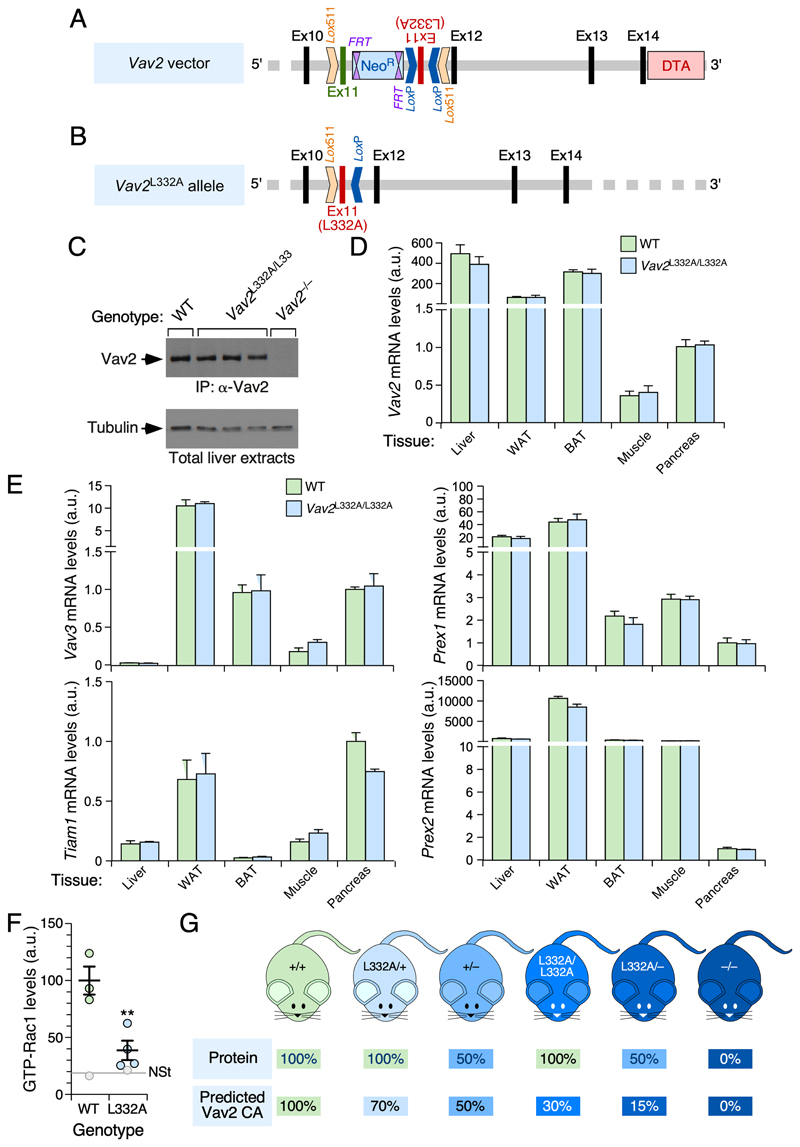Figure 2. Description and basic characterization of the Vav2 L332A knock-in strain and other mouse models used in this study.
(A) Structure of the targeting vector used in the homologous recombination step in embryonic stem cells. The inverted exon 11 with the mutated codon encoding the L332A residue is shown as a red box. The wild-type exon 11 and other Vav2 gene exons are indicated as green and black boxes, respectively. Intronic sequences are shown as thick gray lanes. Sequences included in the vector to favor positive (Neo R) and negative (Diphtheria toxin A, DTA) selection of embryonic stem cell clones with correctly integrated sequences are indicated as blue and light red boxes, respectively. Lox511 and LoxP recombination sites are also depicted. Ex, exon; FRT, Flippase site for Neo R gene deletion.
(B) Structure of the Vav2L332A allele generated after the Flippase- and Cre-mediated recombination steps described in Figure S1.
(C) Immunoblot analysis showing the expression of Vav2WT and Vav2L332A proteins in liver extracts from the indicated mouse strains (top). The abundance of tubulin α was used as loading control (bottom panel).
(D, E) Relative abundance of the mRNAs for Vav2 (D) and other Rac1 GEFs (E) in the indicated tissues (bottom) from WT and Vav2 L332A/L332A mice. Values were calculated using the ΔΔCt method and normalized to levels found in pancreas (which were given an arbitrary value of 1 in each case). n= 3.
(F) Levels of GTP-bound Rac1 triggered by the in vivo infusion of insulin in skeletal muscle from mice of the indicated genotypes (colored circles). As reference, we show the basal levels of GTP-bound Rac1 found in nonstimulated conditions in WT and Vav2 L332A/L332A mice (gray lane and circles). Data are shown as mean ± SEM. **, P < 0.05 relative to insulin-stimulated WT mice using two-tailed Student’s t-test. n = 3 (WT) and 4 (Vav2L332A/L332A) insulin-infused animals. NSt, nonstimulated.
(G) Predicted levels of Vav2 protein and Vav2 catalytic activity towards Rac1 (based on results from Figure 1C) in mice of the indicated genotypic combinations. CA, catalytic activity.

